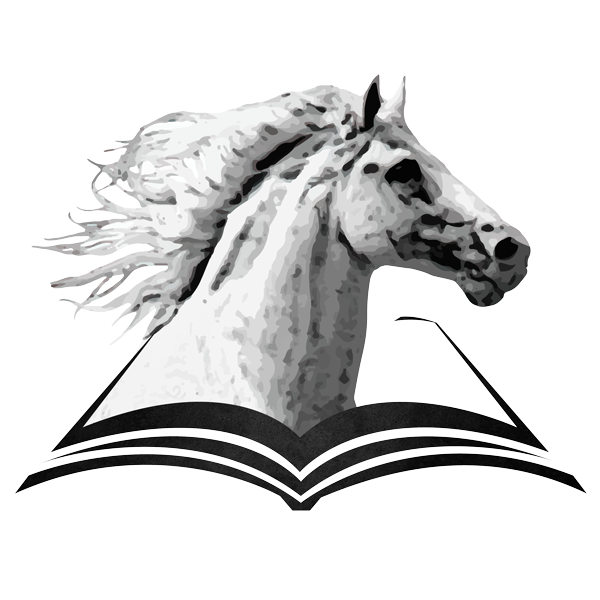The different teeth of the horse (incisors, canines, premolars, and molars) are designed and located for a wide range of functions:
- INCISORS: These 12 teeth are located in the front of the mouth: six teeth on the maxillary bone (top) and six teeth on the mandible bone (bottom). The upper teeth should coincide perfectly with the lower ones, similar to a pair of nippers, because their function is to cut grass from the pasture.
According to their position, the 12 incisors have different names as follows:
- Central or first incisors: two in the upper jaw and two in the lower jaw, located in the center of the mouth (in the middle of the other incisors).
- Intermediate or second incisors: two in the upper jaw and two in the lower jaw, each located on both sides of the central incisors.
- Corner or third incisors: two in the upper jaw and two in the lower jaw, each located on both sides of the intermediate incisors.
2 Photos with names of the incisors


The horse develops two series of incisors during its life. The first series, called temporary incisors or milk incisors, is developed within the second week to the nineth month of life. The second series, called permanent incisors, replaces the first series by groups of four teeth starting at the age of two and a half years and finishing at four and a half years of age.
Note: Based on the eruption, shedding, and changes of the incisors, it is possible to determine the horse’s age fairly accurate.
- CANINES: These four-pointed, permanent teeth appear in all males after four years of age. Each one is located 1 to 2 inches behind every corner incisor on both sides of the upper and the lower jaws. The two lower canines are located more forward than the two upper canines; therefore, they never make contact, nor do they have any known function.
Photo of Incisors and Canines


A few mares develop small (infantile) canines, generally only the lower pair. Some people associate the presence of canines in mares with reproductive problems; however, experience shows that these mares are absolutely normal, and their ability to reproduce is similar to others.
- PREMOLARS: There are generally 12 premolars that are used for chewing food. In groups of three, they grow on both sides of the upper and the lower jaws.
Like the incisors, the horse develops two sets of premolars during its life. The temporary premolars or milk premolars are replaced by the permanent premolars in groups of four teeth, starting at the age of two and a half years and finishing at four and a half years of age.
Between six and twenty-four months of age, some horses, males and females, may develop a fourth permanent premolar in front of each upper first premolar; those two teeth are called “Wolf teeth.” Because they have no function for the modern horse and are pointed, they may be extracted by an equine dentist or a veterinarian.
However, when a Wolf tooth grows next to the upper first premolar (with no space in between) and is not causing a problem for the bit’s mouthpiece (for horses ridden with a bit), it may just need to be floated at the same level of the other premolars, instead of having to remove it. Conversely, when there is space in between a Wolf tooth and the upper first premolar, the Wolf tooth should be extracted because usually will interfere with the bit’s mouthpiece, causing the horse to develop undesirable habits due to discomfort in the mouth.
- MOLARS: These 12 permanent teeth are located immediately behind the premolars by groups of three on both sides of the upper and lower jaws. They are slightly bigger than the premolars and their function is also for chewing food. Keeping in mind that horses do not grow temporary Molar teeth, only permanent, the four first Molar teeth start erupting at 12 to 15 months of age, the four second Molars at two years of age, and the four third Molars at four years of age.
A horse’s teeth grow continuously throughout life, so that they continue to be functional after being worn down from cutting grass and/or chewing it. Due to this continuous growth and wear, and because the horse’s upper jaw is slightly wider than the mandible, sharp points may occur on the premolars and molars. Sharp points on the upper premolars and molars may hurt the cheeks, and sharp points on the lower premolars and molars may hurt the tongue while the horse is chewing.
Additionally, when upper sharp points are present, they may hurt the horse’s cheeks due to the pressure caused by a halter or training/riding headgear. This situation often upsets the horse and may lead to behavior problems. Therefore, an equine dentist or a veterinarian should examine the horse’s mouth once or twice a year to float these sharp points, when present.
In summary, the total number of teeth in an adult horse may vary as follows:
- Male (stallion or gelding):
- Regularly: 12 incisors, 4 canines, 12 premolars, 12 molars = 40 teeth
- Probably: 2 additional Wolf teeth = 42 teeth
- Female (mare):
- Regularly: 12 incisors, 12 premolars, 12 molars = 36 teeth
- Probably: 2 additional Wolf teeth and/or 2 lower canines = 38 or 40 teeth


